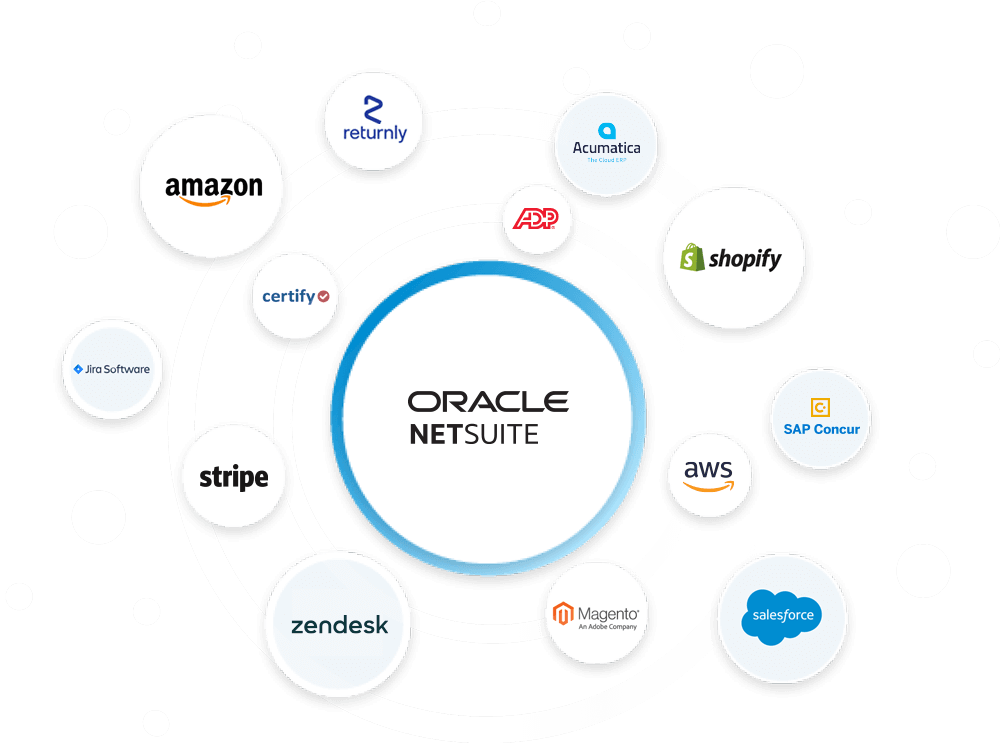When Scale Breaks the Stack
Growth is great—until your systems can’t handle it. One of our customers, a mid-market apparel company, hit that exact tipping point. With Shopify powering their storefront and Brightpearl managing orders, things worked—until they didn’t.
As sales increased, so did the strain on operations. Order data lagged between systems. Manual updates to product listings became a daily task. Returns were tracked in spreadsheets. The backend wasn’t just slowing things down—it was introducing risk.
The team had already selected NetSuite as their ERP. But moving off Brightpearl was only part of the challenge. What they needed was real automation between NetSuite and Shopify.
Connecting Shopify and NetSuite, the Right Way
That’s where Hairball came in. We built an end-to-end integration between Shopify and NetSuite in just 10 weeks, designed around the brand’s specific needs and eCommerce workflows.
Here’s what we tackled:
Orders That Flow Without Friction
We automated the entire B2C Order to Cash process. Orders placed in Shopify now flow directly into NetSuite—triggering fulfillment, generating invoices, and syncing payment records with zero manual touchpoints.
The fulfillment team has visibility. Finance doesn’t chase numbers. And the customer? They get their order updates faster, with fewer errors along the way.
Product Data That Doesn’t Get Lost in Translation
Managing SKUs, pricing, categories, and descriptions across two platforms used to be a daily grind. With the Product Information Management integration in place, NetSuite became the source of truth.
Now, when a product is updated in NetSuite, Shopify reflects those changes automatically. No more outdated product listings or missing size variants.
Finally, a Returns Process That Works
Returns are part of the apparel game. But they shouldn’t grind operations to a halt. We implemented Returns Management automation that connects Shopify’s return flow with NetSuite’s refund and inventory workflows.
Return authorizations, item receipts, and refunds are now synced across both systems—so customer service isn’t guessing, and finance knows exactly what’s owed and when.
How Fast Can Things Turn Around? Try 10 Weeks.
In less than a quarter, the brand moved from siloed systems and manual workarounds to a fully integrated commerce engine. Teams now operate with shared visibility, fewer surprises, and real-time data they can trust.
The biggest win? The company didn’t just replace a system—they upgraded their operations.
- Order accuracy improved.
- Refund times shortened.
- Product updates take minutes, not hours.
- And the customer experience? More seamless than ever.
What’s Possible When the Right Systems Talk
Replacing your OMS is one thing. Making sure it fits into your larger eCommerce workflow is another. This project proved that with the right partner, integration doesn’t have to take forever—or feel impossible.
If you’re running Shopify and NetSuite but still copying and pasting between platforms, it might be time for a different approach.
Would you like help designing your Shopify–NetSuite integration roadmap? Hairball has done it before—and fast. Let’s chat.



